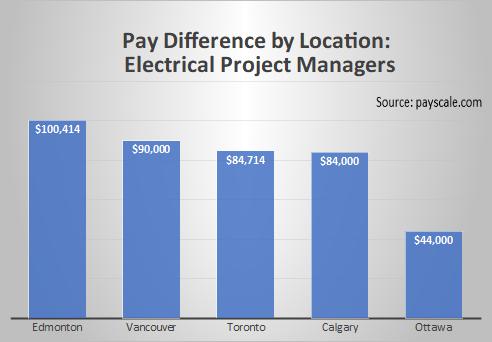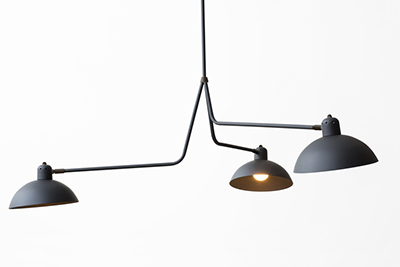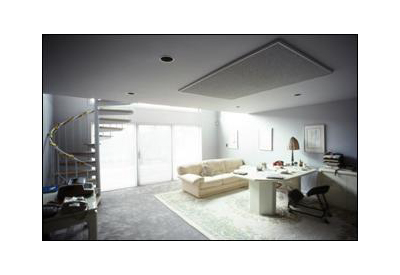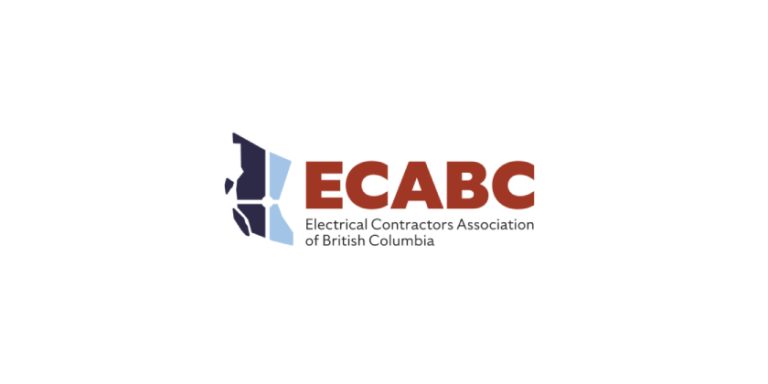Guide to the Canadian Electrical Code, Part 1 – A Road Map: Section 42

September 13, 2021
By William (Bill) Burr
Section 42 — Electric Welders
The Code is a comprehensive document. Sometimes it can seem quite daunting to quickly find the information you need. This series of articles provides a guide to help users find their way through this critical document. This is not intended to replace the notes in Appendix B or the explanations of individual requirements contained in the CEC Handbook, but will hopefully provide some help in navigating the Code. These notes are based on the 25th edition.
Rule 42-000 Scope – states that Section 42 is a supplementary or amendatory section of the code and applies to the installation ofelectric welders. The CEC Handbook provides additional notes and diagrams to better explain this section. There are two main types of welders – arc and resistance welders. Arc welders use a sacrificial rod to weld the metal target material together. Resistance welders fuse the metal target material together. Arc welders are divided further into transformer and motor-generator types.
Rule 42-002 Special terminology – contains definitions for special terms that apply to Section 42 that are not defined in Section 0 such as: actual primary current, duty cycle, and rated primary current. These terms will be important when calculating the ampacity of the supply conductors for welders.
Rule 42-004 Receptacles and attachment plugs – along with Appendix B notesoutlines that:
- where receptacles are installed for the plug and cord-connection of a portable welder, the ampacity rating of the overcurrent protection for the circuit can be more than the rating of the receptacle, but the receptacle must have a rating equal to or greater than the ampacity of the supply cable required for the primary current of the cord-connected welder. This is important because the high instantaneous inrush start-up current of the welder will exceed the branch circuit conductor ampacity. This prevents nuisance tripping.
- where a welder receptacle is installed, it must be labeled to indicate:
- the receptacle is for a welder connection only,
- the AWG size of the insulated conductors,
- whether the insulated supply conductor is Cu/Al,
- the conductor insulation designation and temperature rating, and
- the ampere rating of the overcurrent device protecting the receptacle insulated supply conductors based on the duty rating (80% or 100%)
Transformer arc welders and inverter welders
Rule 42-006 Supply conductors – provides the factors in determining the ampacity of insulated supply conductors for transformer type arc or invertor welders. The ampacity depends on the duty cycle of a single welder, as in sub-rule (1) and the demand factors where a group of welders are supplied by one circuit as in sub-rule (2). The CEC Handbook contains Table 42A that shows the correlation between duty cycle and demand factor and determination of the demand factor for multiple welder installations.
Rule 42-008 Overcurrent protection for transformer arc welders and inverter welders – specifies the factors to be used in calculating the rating of circuit overcurrent protection per the ampacity of insulated supply conductors and welders as in sub-rule (1). Sub-rule (2) outlines the factors in calculating the rating of the overcurrent protection for the insulated supply conductors using Tables 1,2,3, or 4. Sub-rule (3) provides the factors in calculating the rating of the overcurrent protection for a feeder supplying a group of transformer arc welders or inverter welders.
Rule 42-010 Disconnecting means – requires that where there is no integral disconnect on the welder, one must be provided to disconnect the supply conductors and must have sufficient current rating capacity to accommodate the overcurrent protection.
Motor-generator arc welders
Rule 42-012 Conductors, protection, and control of motor-generator arc welders – specifies that the rules of Section 4 and Section 28 generally apply to the determination of insulated supply conductor ampacity, and selection of protection and control of that welder by the applicable factors from Table 42B. The CEC handbook outlines methods of calculation of duty related demand factors through Table 42B.
Resistance welders
Rule 42-014 Supply conductors for resistance welders – providesthe factors in determining the ampacity of insulated supply conductors depending on the primary current or duty cycle of either an individual seam resistance welder or an automatically fed resistance welder. Table 42C and the CEC Handbook shows the relationship between duty cycle and demand factors.
Rule 42-016 Overcurrent protection – specifies the factors in determining the rating of the overcurrent protection based on the rated primary current of the welder and the allowable ampacity of the insulated supply conductors based on Tables 1,2,3 or 4. The CEC Handbook outlines methods of calculation of duty related demand factors through Tables 42A, B, and C. For determining the rating of overcurrent Protection for a group of resistance welders use the factors contained in rule 42-014.
Rule 42-018 Control of resistance welders – requires that a resistance welder have a disconnecting switch or circuit breaker rated for the capacity of the insulated supply conductors to isolate the welder from the supply circuit.
Rule 42-020 Nameplate data for resistance welders – requires data specific to the resistance welder to be provided on the nameplate including rated KVA at 50% duty cycle, maximum and minimum open-circuit secondary voltage, short circuit current and the throat and gap setting.
In the next installment, we will be discussing Section 44 — Theatre installations
[1] Source: CSA C22.1:21, Canadian Electrical Code, Part 1 – Safety Standard for Electrical Installations. © 2021 Canadian Standards Association. Please visit store.csagroup.org. With the permission of CSA Group, material is reproduced from CSA Group standard CSA C22.1:21, Canadian Electrical Code, Part 1 – Safety Standard for Electrical Installations. This material is not the complete and official position of CSA Group on the referenced subject, which is represented solely by the Standard in its entirety. While use of the material has been authorized, CSA Group is not responsible for the manner in which the data are presented, nor for any representations and interpretations. No further reproduction is permitted. For more information or to purchase standard(s) from CSA Group, please visit store.csagroup.org or call 1-800-463-6727.
[1] William (Bill) Burr is an associate member of the Canadian Electrical Code, Part 1, Technical Committee and formerly Chair of the Canadian Advisory Council on Electrical Safety (CACES), Chief Electrical and Elevator Inspector for the Province of BC & the Northwest Territories, Director of Electrical and Gas Standards Development and Director of Conformity Assessment at CSA Group. Bill can be reached at Burr and Associates Consulting billburr@gmail.com.

















